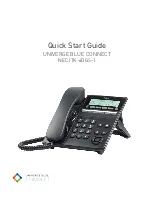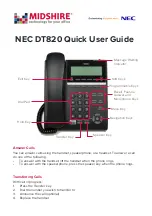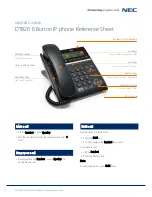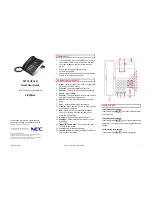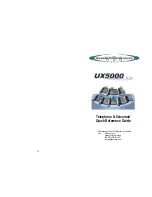
Confidential
USERS MANUAL
28(158)
Document number
Revision
1/198 17-4/FCP 101 3045 Uen
D
•
Response
A response contains data that has been requested via an AT command. A response is returned
before the result code of the command. A response is provided only when the result code is OK.
•
Unsolicited response
An unsolicited response is sent by CM52 when a specific event occurs. Some unsolicited responses
can be turned on and off via an AT command (refer to AT*EUNSOL for more details). Some unsolicited
responses are always turned on.
AT commands are divided into the following three types of commands:
•
Action command
Action commands are used to perform an event. Typically, action commands are used to change the
value of a setting in CM52, send data, or perform advanced queries that require input data.
•
Read command
Read commands typically end with a “?”. Most read commands do not have any input parameters;
however, in some cases an input parameter provides options for the response format. The read
command are used for reading values of certain settings in CM52.
•
Test command
Test commands are not supported in the CM52.
4.1.3
Command Format and Syntax
4.1.3.1 Alphabet
The T.50 International Alphabet 5 (IA5) is used in this manual. Only the low-order seven bits of each character
are significant to CM52. Any eighth or higher-order bit(s) are ignored for the purpose of identifying commands
and parameters. Lower-case characters (IA5 values from 0x61 to 0x7A) are considered identical to their
upper-case equivalents (IA5 values from 0x41 to 0x5A) when received by CM52 from the host application.
Result codes from CM52 shall be in upper case.
All commands must begin with the characters A and T. If the A and T are not received by the software, the
remaining characters will not be processed. This is important; should the A or T be lost in communication or
not supplied, none of the characters sent to the module will be echoed back until an AT sequence is observed.
Because RS232 communications could possibly lose characters, it is important to understand that if a
character is lost, the command may return ERROR or execute the wrong command because the intended
command is misspelled. As a best practice, application should analyze what is echoed back from the module
to the application; doing so will confirm what the CM52 software has received and processed.
4.1.3.2 Command-line
editing
The character defined by the command ATS5, chapter 4.8.5,
(default, backspace [IA5 0x08]) is intended to be
interpreted as a request from the host application to the CM52 to delete the previous character.
Any control characters (IA5 0x00 through 0x1F, inclusive) that remain in the command line after receipt of the
termination character are ignored by the CM52.
Before checking for other characters, the CM52 checks characters from the host application to see if they
match the termination character (S3), then it checks to see if they match the editing character (S5). This
ensures that these characters will be properly recognized even if they are set to values that the CM52 uses for
other purposes. If S3 and S5
are set to the same value, a matching character will be treated as matching S3
(S3 is checked before S5).
4.1.3.3
Input Command Syntax
A command line is made up of the following three elements: the prefix, the body, and the termination
character.
































